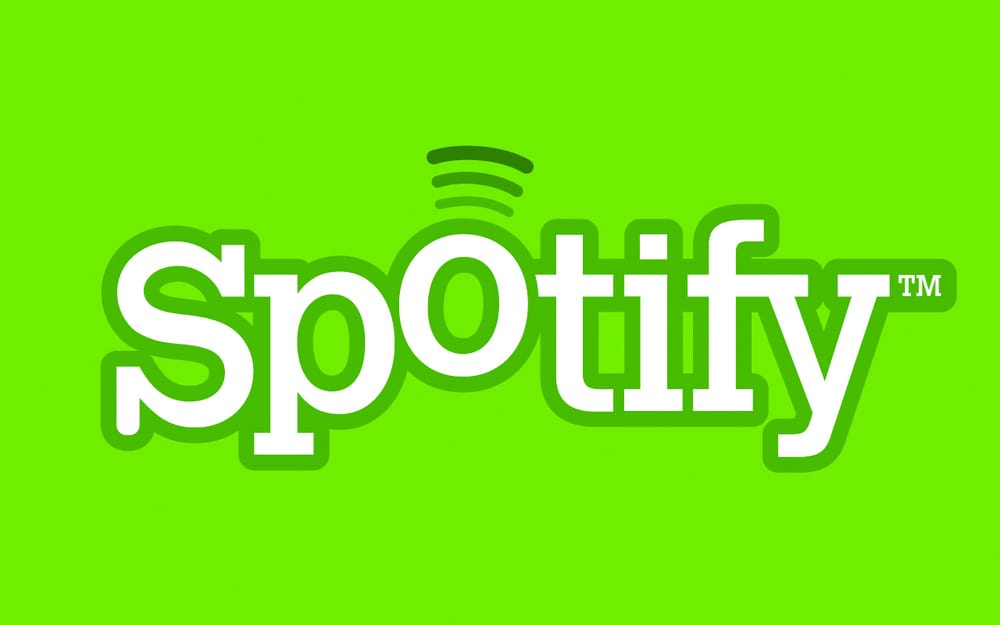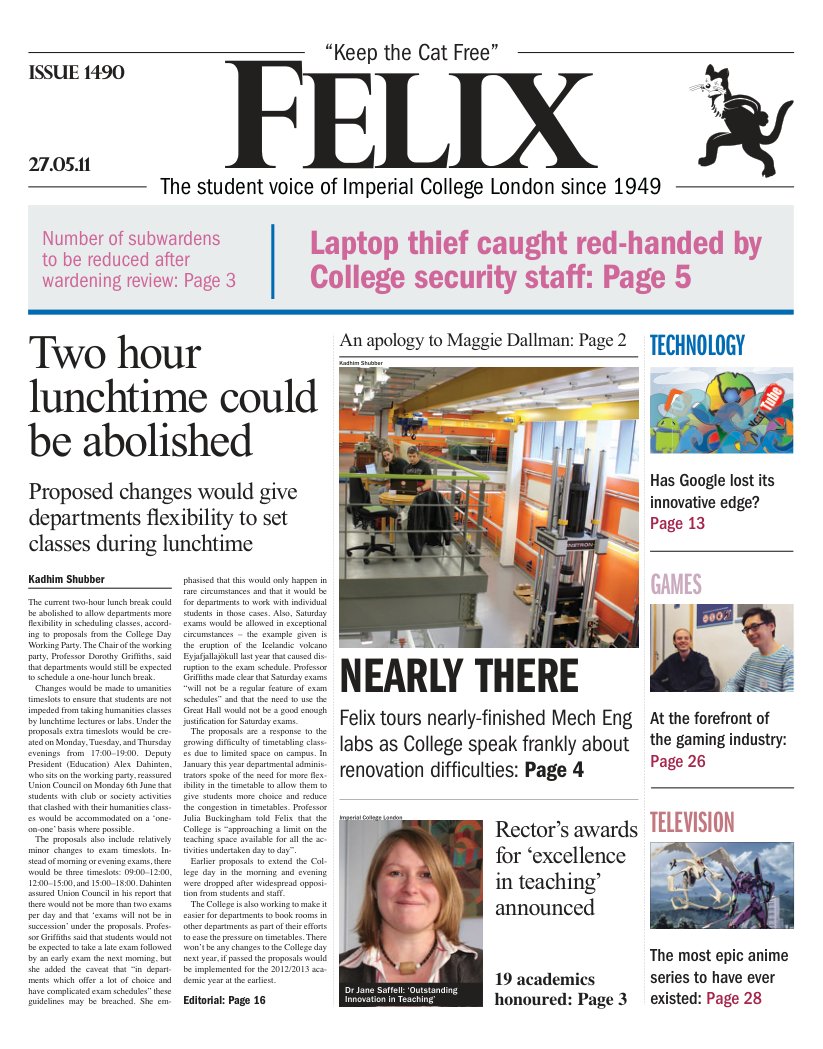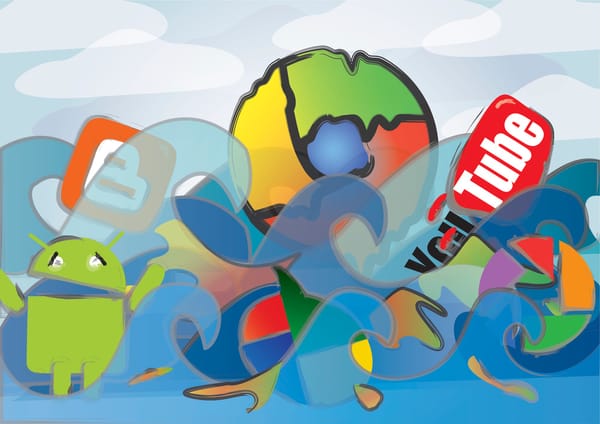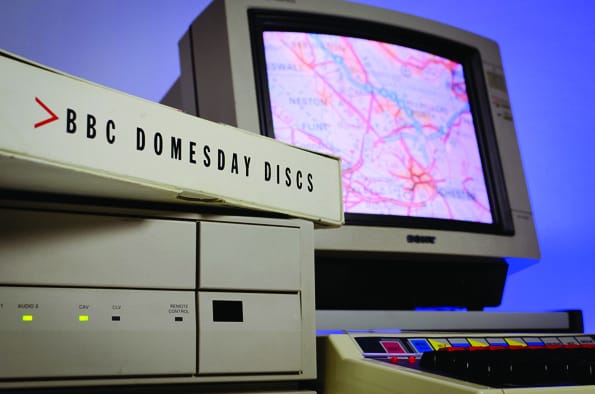After Spotify, what next?
Will the end of free music on Spotify see it eclipsed by rivals?

Ever since Spotify Open limited users to 10 hours of free music and 5 plays per track, I’ve been on the hunt for alternative streaming services that offer something similar to its huge library and smooth browsing experience. If you’re searching too, here are my experiences.
Of all the streaming sites, Last.fm and I have had the longest relationship. We first met back in 2007 and I was immediately smitten by the Artist Radio feature that plays you songs similar to those of your favourite artists. It’s good new music on tap, tailored to your tastes, and there’s nothing not to like about that. Yet Last.fm has never had all it would take to hold my heart. 4 years on, they still don’t offer proper playlists and have been steadily cutting down on the amount of free music you can listen to. Give it a glance if you are tired of your library, but don’t expect it to become your new favourite.
I spent most of 2009 two-timing, splitting my listening between Grooveshark and Spotify. Grooveshark was exactly what I was looking for to complement Spotify: web-based streaming that doesn’t require a user account. It’s an excellent service which has added features over the years to the point where it’s now very similar to Spotify, minus a few features and the restrictions. Unlike the others, Grooveshark is driven by user uploads, meaning it’s a great place to hear albums as soon as they release. If you’re willing to put up with relatively mediocre sound quality, there’s a huge library of free music at your fingertips.
While I long thought Grooveshark would be my only thing on the side, discovering mflow was a pleasant surprise. Its feature set is basic - a library of 5 million songs and no playlists. Focussed heavily on social networks, posting a song to your Facebook or Twitter profile will offer you discounts on purchasing music if someone buys it using your link. All of this is done with the blessing of major record labels, meaning the songs available are of a consistently high quality.
Yet despite my promiscuity, the truth is that I haven’t really been able to replace Spotify in my heart. I am even about to return to it, despite the small dent it’ll put in my wallet. £5/month for unlimited, ad-free music on a huge number of different devices isn’t too much to ask. Spotify’s real victory is not in selling a new service but in combining most other services into one slick, attractive package that’s won me over from the day I set my eyes on it.









